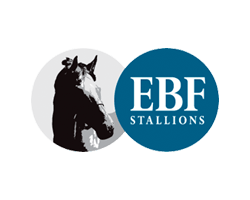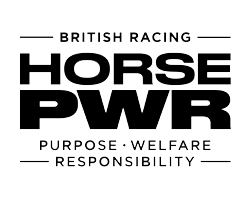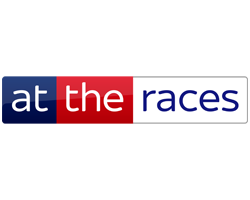Brighton Racecourse is situated on Whitehawk Hill, around 1 mile away from the coast. It originates back to 1783, when the first official race was held in the area. These days the racecourse hosts flat racing fixtures from April until October as well as a number of other events throughout the year.

The track is quite unusual, as it is one of the few British courses not to have a complete circuit. Instead, it has an undulating, left-handed, horseshoe-shaped course of one mile four furlongs in length. The mile four start is the lowest point of the course, with the Winning Post being the highest, and there is an uphill climb from two furlongs out.
Contact Jim Beavis (jimbeavis@hotmail.com) who wrote the book - The Brighton Races.
Buy Online










